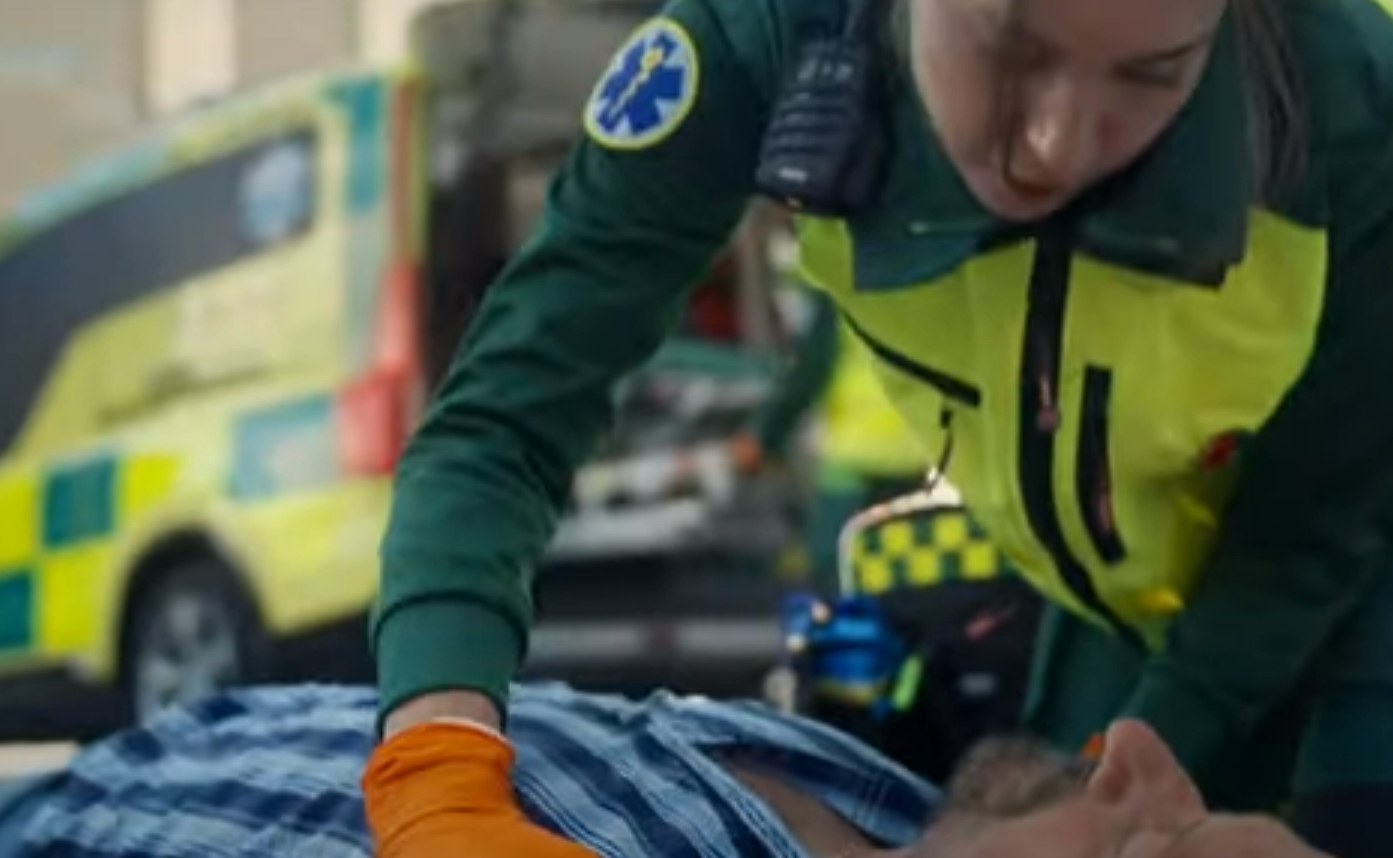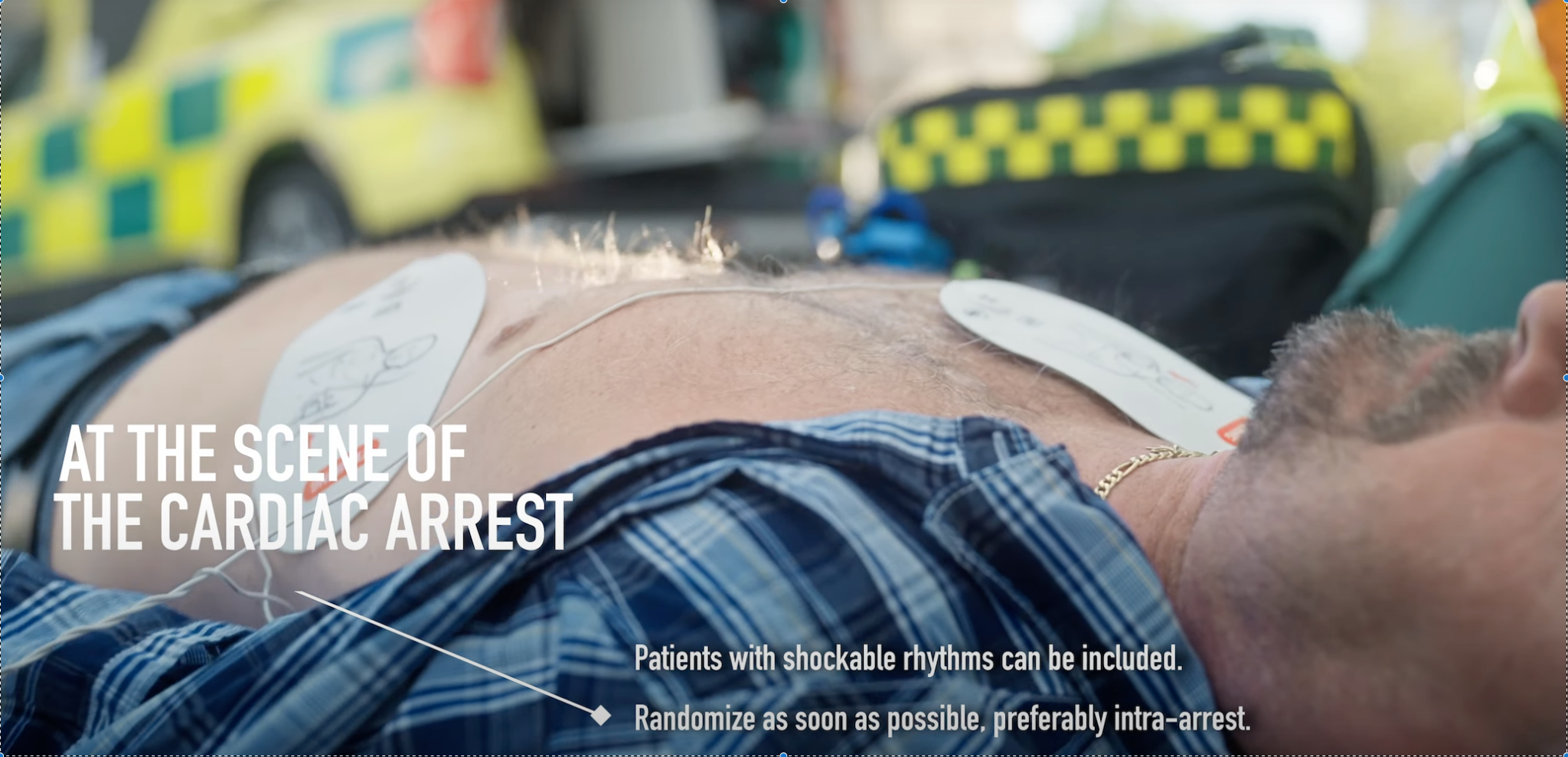About Princess 2


PRINCESS 2 is an investigator initiated randomized trial. It’s a sequel to the previous PRINCE and PRINCESS trials. The overall aim of the study is to investigate if early therapeutic hypothermia started already prehospital can be beneficial for OHCA patients in terms of survival with complete neurologic recovery.
The trial is led by principal investigator Dr. Per Nordberg, associate professor and senior consultant in cardiology and intensive care at Karolinska University Hospital, Stockholm, Sweden.
The method used is transnasal evaporative cooling with the Rhinocill™ device. The device is portable and carried in the ambulance to the scene of the cardiac arrest. As soon as an airway is secured, a special nasal catheter is inserted into the patient’s nostrils. The catheter has sprayports aimed cranial against the nasal cavity. The liquid coolant is sprayed with air or oxygen and instantly starts cooling the patient. You can read more about the device on Braincool website.
The method has been tested in several trials for feasibility and also in trials with survival endpoint. It has a shown benefit primarily in patients where the cooling was started within 20 minutes and where the patient had a shockable rhythm. Thus, this is the group of patients that the PRINCESS 2 is aimed to study.
The trial is a multicenter RCT and is planned to recruit around 1000 patients in total. The intervention arm will get the treatment with early hypothermia and the control arm will be treated as standard today. The complete study protocol can be found under Documents.
Publications
Effect of Trans-Nasal Evaporative Intra-arrest Cooling on Functional Neurologic Outcome in Out-of-Hospital Cardiac Arrest: The PRINCESS Randomized Clinical Trial.
Nordberg P, Taccone FS, Truhlar A, Forsberg S, Hollenberg J, Jonsson M, Cuny J, Goldstein P, Vermeersch N, Higuet A, Jiménes FC, Ortiz FR, Williams J, Desruelles D, Creteur J, Dillenbeck E, Busche C, Busch HJ, Ringh M, Konrad D, Peterson J, Vincent JL, Svensson L
JAMA 2019 May;321(17):1677-1685
Time to intra-arrest therapeutic hypothermia in out-of-hospital cardiac arrest patients and its association with neurologic outcome: a propensity matched sub-analysis of the PRINCESS trial.
Awad A, Taccone FS, Jonsson M, Forsberg S, Hollenberg J, Truhlar A, Ringh M, Abella BS, Becker LB, Vincent JL, Svensson L, Nordberg P
Intensive Care Med 2020 Jul;46(7):1361-1370
Effect of intra-arrest trans-nasal evaporative cooling in out-of-hospital cardiac arrest: a pooled individual participant data analysis.
Taccone FS, Hollenberg J, Forsberg S, Truhlar A, Jonsson M, Annoni F, Gryth D, Ringh M, Cuny J, Busch HJ, Vincent JL, Svensson L, Nordberg P, ,
Crit Care 2021 Jun;25(1):198
Intra-arrest transnasal evaporative cooling: a randomized, prehospital, multicenter study (PRINCE: Pre-ROSC IntraNasal Cooling Effectiveness).
Castrén M, Nordberg P, Svensson L, Taccone F, Vincent JL, Desruelles D, Eichwede F, Mols P, Schwab T, Vergnion M, Storm C, Pesenti A, Pachl J, Guérisse F, Elste T, Roessler M, Fritz H, Durnez P, Busch HJ, Inderbitzen B, Barbut D
Circulation 2010 Aug;122(7):729-36
Safety and feasibility of nasopharyngeal evaporative cooling in the emergency department setting in survivors of cardiac arrest.
Busch HJ, Eichwede F, Födisch M, Taccone FS, Wöbker G, Schwab T, Hopf HB, Tonner P, Hachimi-Idrissi S, Martens P, Fritz H, Bode Ch, Vincent JL, Inderbitzen B, Barbut D, Sterz F, Janata A
Resuscitation 2010 Aug;81(8):943-9
Strategies of Advanced Airway Management in Out-of-Hospital Cardiac Arrest during Intra-Arrest Hypothermia: Insights from the PRINCESS Trial.
Tjerkaski J, Hermansson T, Dillenbeck E, Taccone FS, Truhlar A, Forsberg S, Hollenberg J, Ringh M, Jonsson M, Svensson L, Nordberg P
J Clin Med 2022 Oct;11(21):
Intra-Arrest Therapeutic Hypothermia and Neurologic Outcome in Patients Admitted after Out-of-Hospital Cardiac Arrest: A Post Hoc Analysis of the Princess Trial.
Macchini E, Dillenbeck E, Jonsson M, Annoni F, Forsberg S, Hollenberg J, Truhlar A, Svensson L, Nordberg P, Taccone FS
Brain Sci 2022 Oct;12(10):



